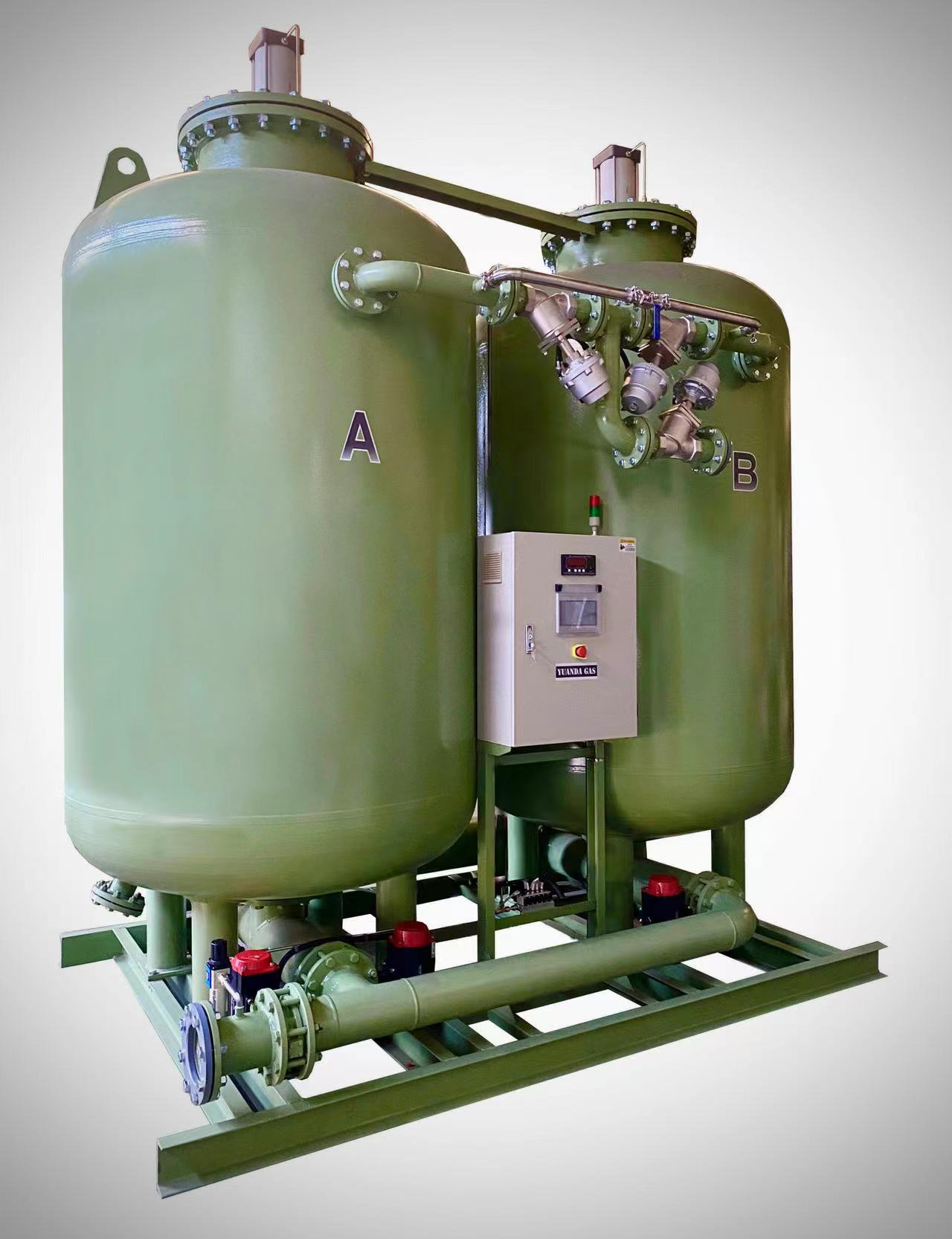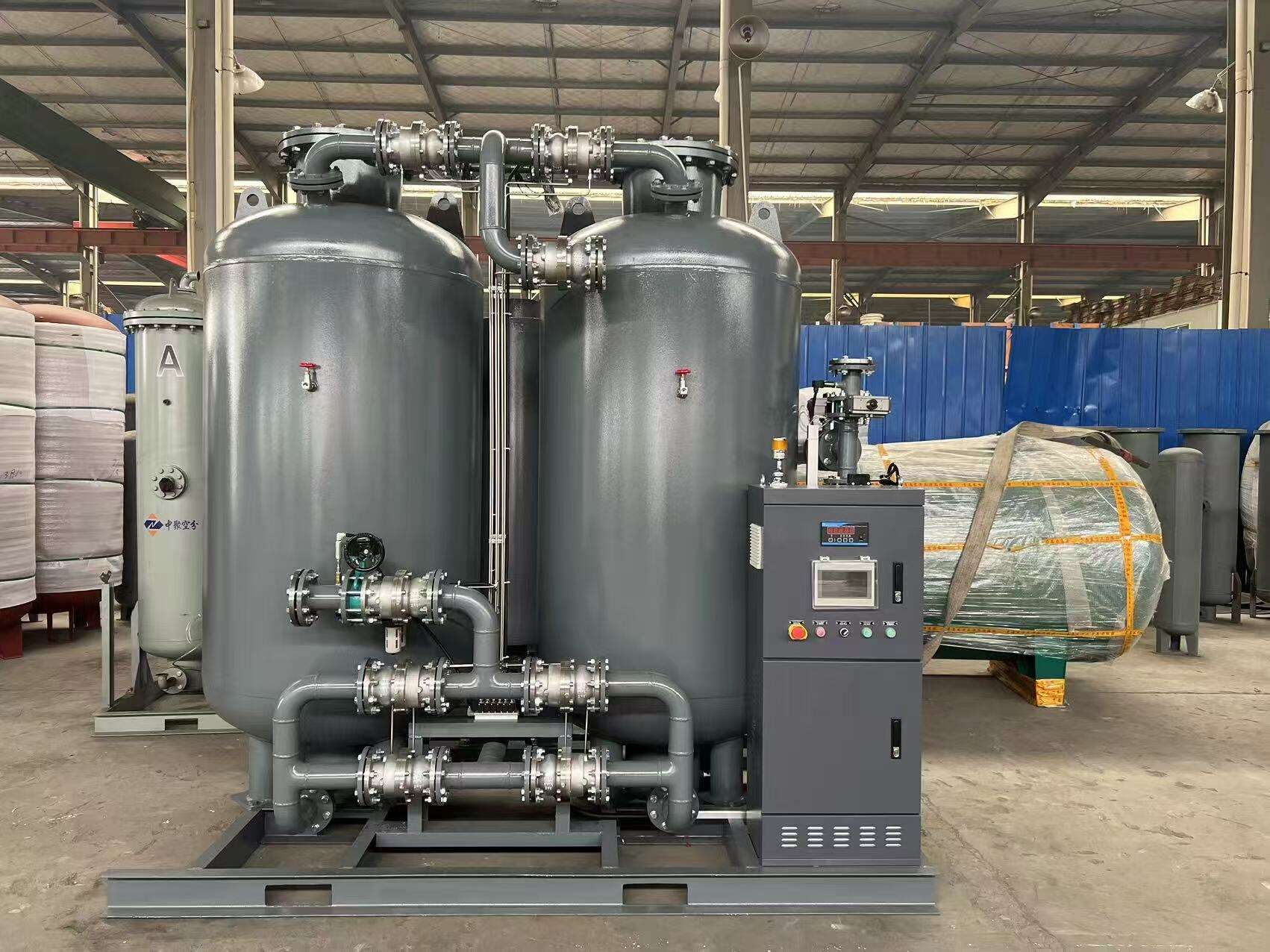ផ្ទាំង痒សាច់បញ្ចូល PSA តម្រុយ
ផ្ទាំងបង្កើត痒ស៊ីហ្គេន (PSA) ជាប្រធានាណកម្មថ្មីៗដែលប្រើសម្រាប់ការបង្កើត痒ស៊ីហ្គេននៅទីតាំងដោយខ្លួនឯង ផ្តល់នូវសេរីភាពពេញលេញអោយបណ្តាញក្នុងការផ្ទុកចំណូល痒ស៊ីហ្គេន។ ប្រព័ន្ធនេះប្រើប្រព័ន្ធអត្តសញ្ញាណ Pressure Swing Adsorption (PSA) ដើម្បីបំបែក痒ស៊ីហ្គេនពីអាកាសជិតខាង ដែលអាចទទួលបានកម្រិតស្បែកស្អាតដល់ 95%។ ផ្ទាំងទាំងនេះប្រើការបង្កើតអាកាសបង្កើនតាមគោលពីរដែលមានសមត្ថភាពជ្រុល nitrogen ប៉ុន្តែអនុញ្ញាតឱ្យ痒ស៊ីហ្គេនឆ្លងកាត់ទៅ។ ដំណើរការនេះប្រតិបត្តិជាច្រើនដំណើរការដែលប្តូរទៅមកវិញ ដែលធ្វើឱ្យមានអាហារយ៉ាងតែតែនៃ痒ស៊ីហ្គេនស្អាត។ ប្រព័ន្ធផ្ទាំង PSA ថ្មីៗបានបញ្ចូលប្រព័ន្ធការគ្រប់គ្រងស្វ័យប្រវត្តិ ដែលអនុញ្ញាតឱ្យមានការដំណើរការស្វ័យប្រវត្តិ និងការតម្រូវមើលឃើញព័ត៌មានសំខាន់ក្នុងពេលពិត។ វាអាចត្រូវបានកំណត់ទៅតាមតម្លៃសំណើរផលិតក្នុងការប្រើប្រាស់ពីសាលាក្រុងសំខាន់ទៅការប្រើប្រាស់អនុសាសន៍ធំ។ ផ្ទាំងទាំងនេះបានបញ្ចូលសមត្ថភាពសន្និសីទ្វានៅក្នុងនោះ ដូចជាការបំបែកសមត្ថភាព ការវិភាគ痒ស៊ីហ្គេន និងប្រព័ន្ធការបិទបញ្ចប់យ៉ាងហោចណាស់។ ប្រព័ន្ធនេះត្រូវបានរចនាសម្រាប់ការដំណើរការ 24/7 និងត្រូវការការថែទាំតិចតួច ដែលទុកចិត្តអាចប្រើប្រាស់បាន 15-20 ឆ្នាំ។ ការប្រើប្រាស់របស់វាកំណត់ទៅលើសុខាភិបាល ឧស្សាហកម្មម៉ែតាល់ ការផលិតក្រូឡាស៊ី ការកែសម្រួលទឹក និងដំណើរការផ្សេងៗនៅក្នុងឧស្សាហកម្ម។ រចនាអំពីផ្ទាំងទាំងនេះអាចបន្ថែមសមត្ថភាពក្នុងអនាគត និងប្រើប្រាស់ប្រព័ន្ធការស្វែងយកថាមពលដែលប្រសើរបំផុត។


